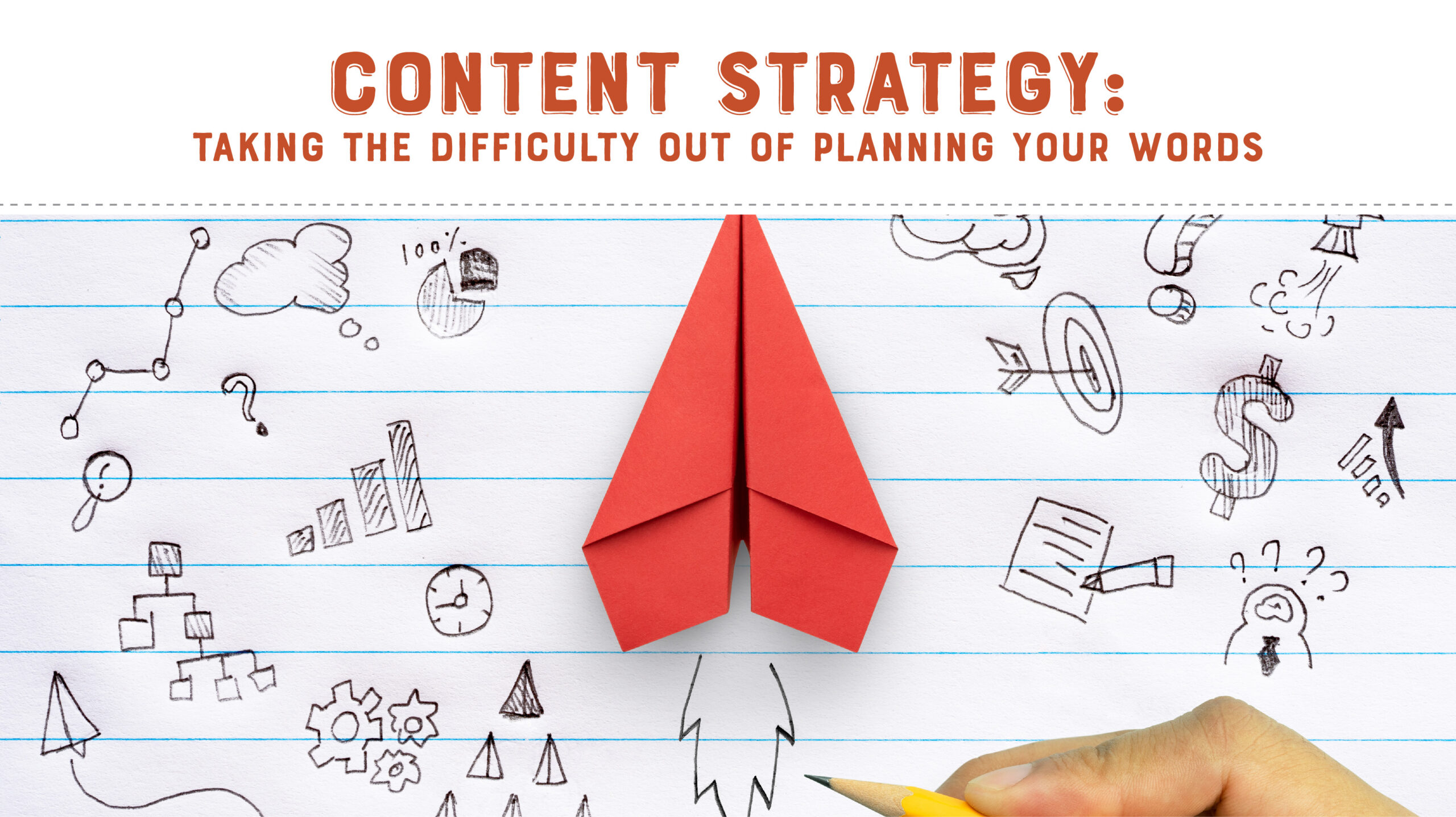In the past, we’ve shared the importance of having a plan in place when it comes to your marketing efforts. When you have a marketing plan, your entire team knows where you want to go and the steps you’ll take to get there. Plus, you’re more intentional with your efforts and you’re able to scale and adjust as needed. But perhaps most importantly, you have documentation of what you did so you can do better next time. If you’re this intentional with your marketing efforts, doesn’t it make sense to have a content strategy and plan in place, too?
Start With Results in Mind & Define What Success Looks Like

We know the thought of sitting down and spending time writing out social media posts or content for your newsletter isn’t everyone’s favorite cup of sweet tea, but there are some tricks to making the process easier and that begins with thinking about the results you want and defining what success looks like to your entire organization. What you consider successful might be just scraping by to your colleague, so it’s important to establish this early and plan regular check-ins to see if you’re on track to meet your goals and whether you need to make a pivot.
Determine Your Calls to Action
Part of defining what a successful content strategy looks like includes defining your calls to action, or the next steps you want your audience to take when they receive your messages. Do you want them to pick up the phone and call? Send an email? Fill out a form? Remember, there may be multiple calls to action depending on the audiences you’re speaking to, so keep that in mind so you don’t work yourself into a silo.
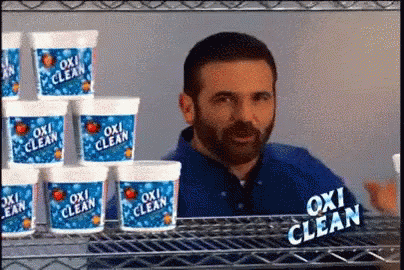
Define Your Offer or Ask
You also need to define your offer or ask. In other words, your offer is what your audience WILL GET, versus what you want them TO DO for your call-to-action. For example, will they get a percentage off their next purchase by responding to your survey?
Set Measurements & Milestones
The next part of creating your content strategy is to establish your measurements and milestones. When it comes to measuring your efforts, you need to have something to compare your results to so that you know if what you are doing is working or not. Establishing a baseline of your current efforts gives you a place to start from so that you can create realistic goals to increase what you already have in place.

Use whatever tools you have at hand (social media insights, Google Analytics, email distribution stats, etc.) to set these baseline measurements, and then determine the critical points of your campaign to designate as your milestones so you can check in on your progress. These milestones will be helpful in deciding if you need to pivot in the middle of your campaign so you can reach the desired goals.
Choose Your Content Types
Now, you’re ready to define the types of content you will use to reach your audience. If you already have audience profiles in place, use those to take a look at where and how your audience consumes information and cross-reference the marketing channels you’re currently using with any channels you may need to add to the mix in order to reach your goals. From there, you can plan out the types of messages you’ll share, whether it’s through social media posts, video content, email campaigns, blog articles, infographics, white papers, or other forms of content.
Launching Begins With a Pre-Prelaunch
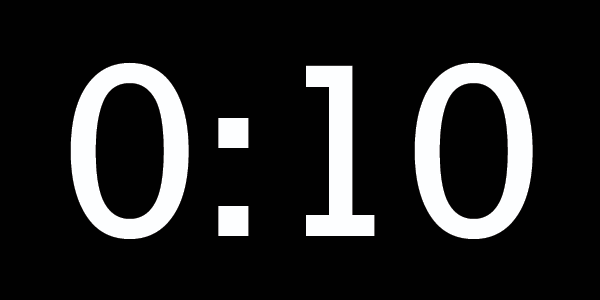
One crucial step in the content and campaign strategy and planning process is what Jeff Walker, creator of the Product Launch Formula, describes at the “pre-prelaunch” in his book Launch. Before you have your grand kickoff, he recommends the pre-prelaunch as a process designed to activate or start building your tribe of supporters by testing their level of interest with what you have to offer. This gives you the insight you need to address questions that come up when you do launch your campaign and to see what revisions might be necessary for your content (messaging and visuals) to ensure it will resonate with the intended audience.
When he is preparing to launch a campaign, Walker uses the following questions to help fine-tune his messaging strategy:
- How can I let people know something is coming without having it feel like I’m trying to sell them something?
- How can I tease their curiosity?
- How can I get their help in creating this product? How can I make this collaborative?
- How can I figure out what their objections are to this product?
- How can I start to engage my prospects in a conversation about my offer? How can I be engaging and avoid the “corporate speak” that will kill my launch before it starts?
- How can I make this fun and humorous and even exciting?
- How can I stand out in a crowded market? How can I be different?
- How can I figure out how my market wants to be sold?
- How can I figure out my exact offer?
- How can this naturally lead into my Prelaunch Sequence?
Using these questions, Walker builds out a series of simple but effective emails, surveys, and other types of marketing content to help build excitement while collecting audience insight he can use to fuel the next stage of his content strategy – the Prelaunch Sequence.
If you’re not sure where to get started with surveys and other methods for collecting info from your audience, check out the recap of our previous webinar on getting feedback from your audience or watch the recording on our YouTube channel.
What About In-Person Events?
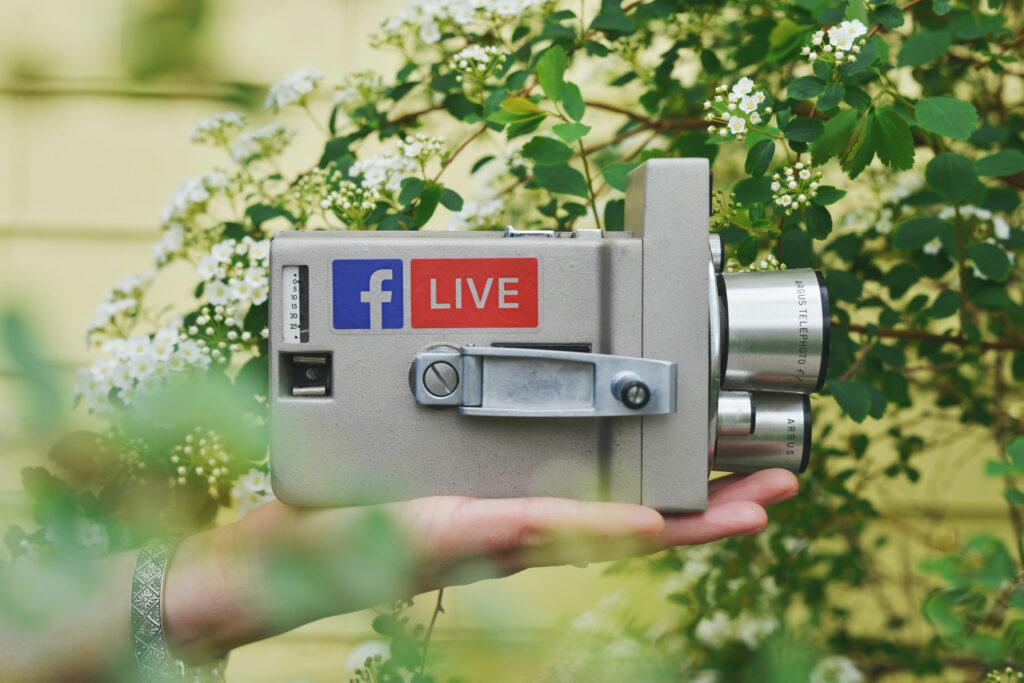
If you are having to shift from your past in-person events as one of your marketing and content channels it’s time to consider new ways to get in front of your audience with new campaign events. Recent months have caused us to rethink the way we pitch offers and gather with people to share more, so don’t be afraid to opt for something a little more out of the box for your organization. There are tons of ways to get in front of your audience, such as:
- Facebook or Instagram Live
- Broadcasting on YouTube
- Zoom meetings
- Google Hangouts & Google Meetings
Pro Tip: You Need a Creative Brief
As you’re planning this part of your content strategy, we highly recommend you write a creative brief. This documentation is essentially your game plan that outlines key objectives for your campaign and establishes expectations and deliverables for anyone who will play a role in the campaign. A creative brief is your guide throughout the duration of the campaign and is a key piece for ensuring that your messaging plan stays on track. The creative brief is not the destination, but rather the guide that helps you get from point A to point B.
If you’re not sure where to get started with a creative brief, we have a template available for download. Just fill out the form at the bottom of this blog.
Sharing Your Story
Once you know how and where you’ll share your content with your audience, it’s time to start writing. Remember that the way you tell your content on one platform might differ from other places you’ll put your message, and your audiences may be different from one platform to the next. Use the content types you defined based on your marketing channels and then define your primary content or messages – think of this as longer form pieces – and then your micro content (smaller blurbs for social media posting, newsletters, sound bites). Then, create your content plan (aka your content calendar) and schedule your posts, videos, blogs, emails, etc.
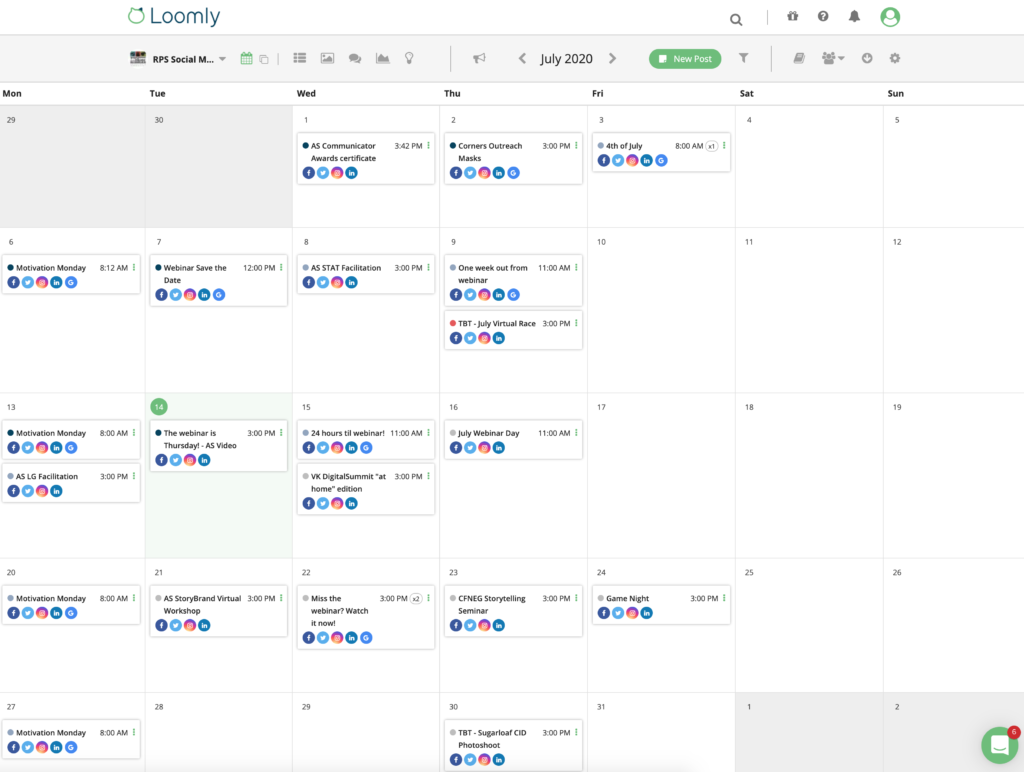
Consistency is Key!

When it comes to designing your campaign or event, regardless of how you’ll conduct the event or where you share your content, make sure it looks like your brand! Now is not the time to go on a creative whim and start changing things up. This is especially true if you’re in a new area of social distancing because if you make too many changes, your loyal fans might overlook you and miss out. It is 100% okay to be bored with your brand at times.
Researchers estimate that in recent years Americans have been exposed to anywhere between 4,000 and 10,000 ads a day. The digital world is a cluttered one, and if you shake up your look too much, you’ll be lost in the shuffle. That’s why a clear, consistent message and appearance should be a key part of your content strategy and planning. As Jessica Stillman of Entry Level Rebel once shared with Inc.com, a most crucial piece to excellent branding is “‘unwavering consistency,’ which may involve you ignoring your own urge to experiment and tuning out the siren song of the shiny and new.”
Launching Your Content Strategy & Plan

With all the pieces of the puzzle in place, it’s time to roll out your campaign. As your content starts meeting your audience and they interact with it, don’t forget to take the time to:
- Measure your efforts and adjust if needed to help you reach your goals.
- Celebrate! Even if there are gaps in your results, you should still celebrate what went well and use this to fuel your future efforts.
- Conduct an After Action Review. Collaborate with your team to see what worked; what didn’t work; and what you’ll keep, improve, start and stop with your next campaign.
A Few Final Pointers
Creating and distributing content with intention isn’t as simple as it seems, but it doesn’t have to be difficult. As you’re adjusting how you communicate with your audiences into the new digital normal, remember that:
- Connecting and building relationships is still extremely important. While many other aspects of communicating with your audience has changed, this remains the same.
- Talk to your audience! What do they care about now? How are they getting their information? Take time to learn from them.
- Research to see what others in your industry are doing. Find inspiration and do something different.
- Take risks! People are more understanding and willing to try new things right now. After all, you won’t know if something works or not until you try.
Now What?
Creating a content strategy and plan has a lot of moving parts and if it’s not something you’re ready to do on your own, we can help! Contact us to request a marketing consultation and we’ll look at what you’ve been doing and make recommendations based on your organization’s needs.
RPS Recommended Resources:
- Content Creators Planner
- Launch by Jeff Walker

